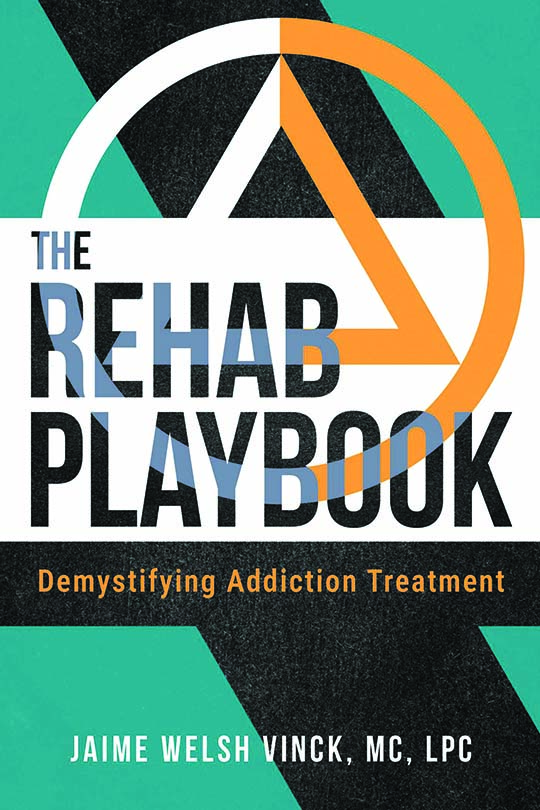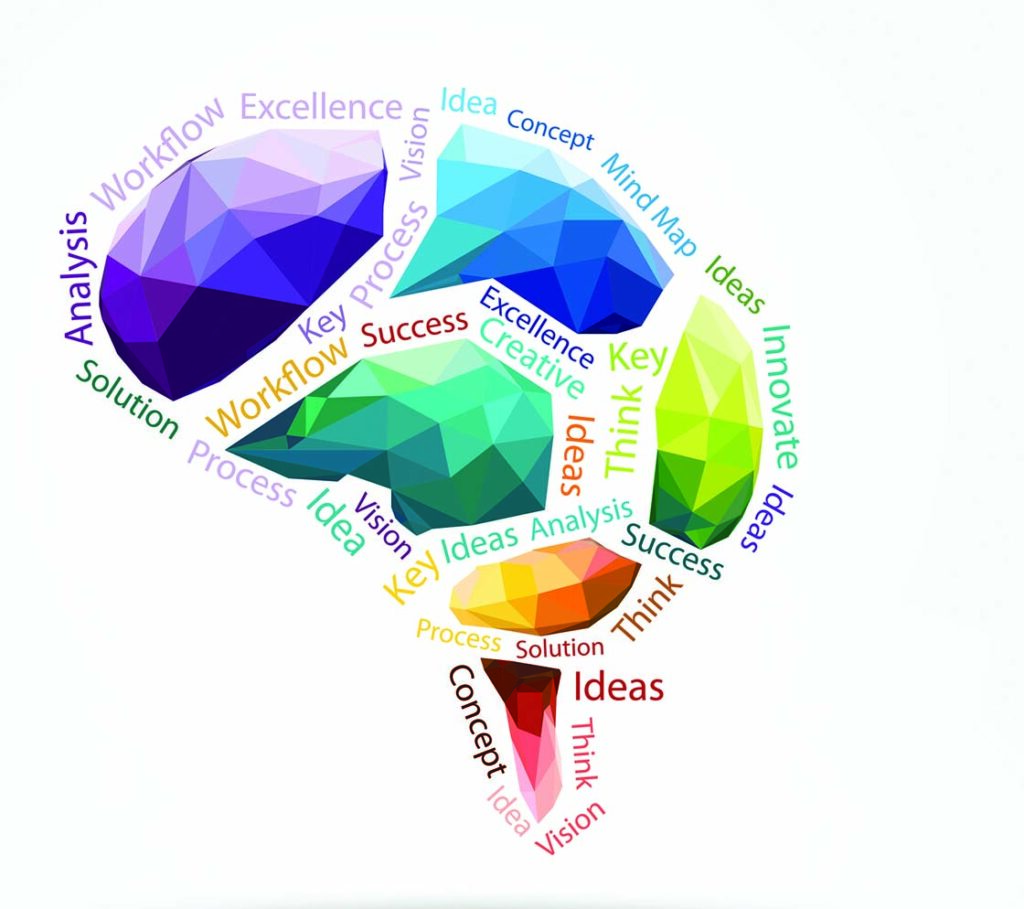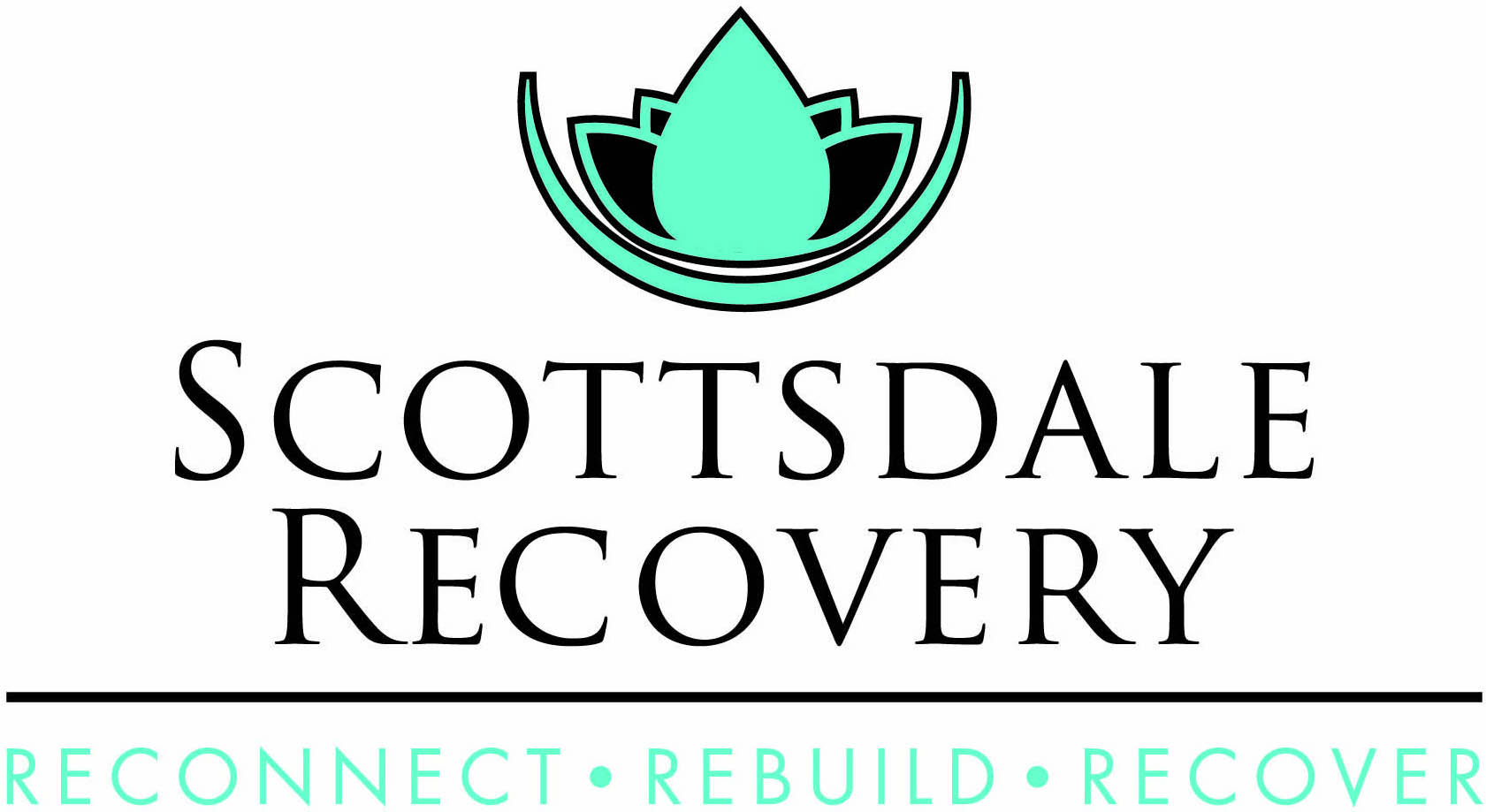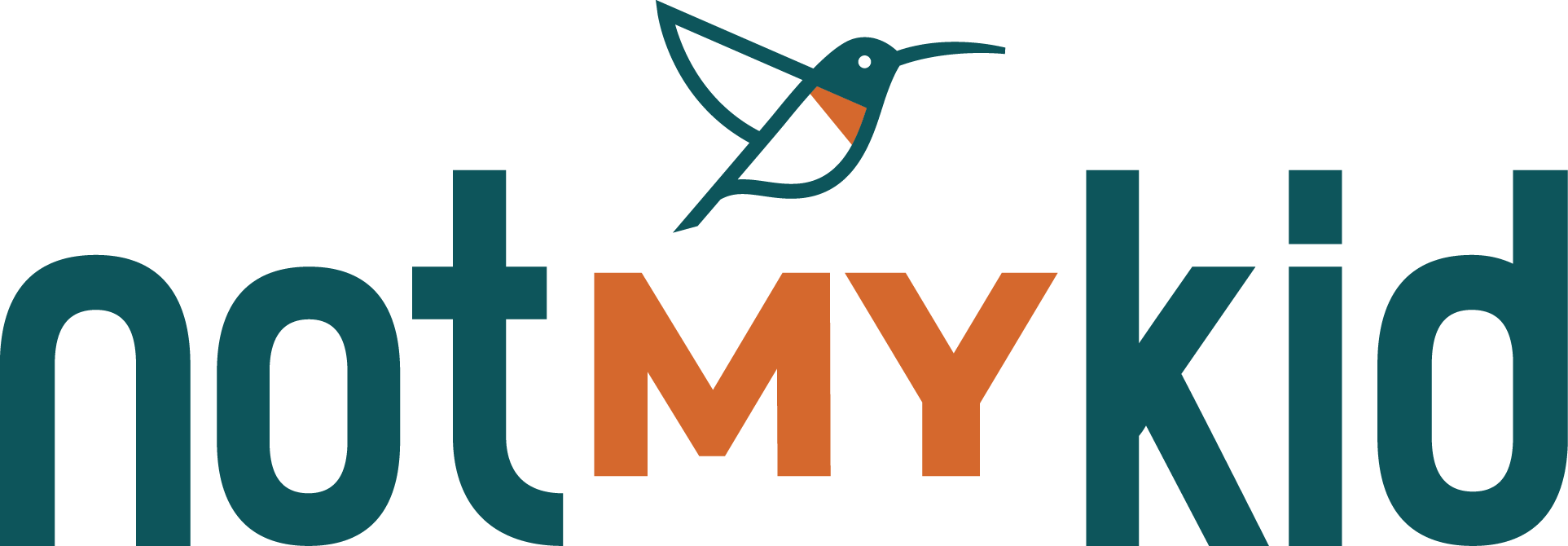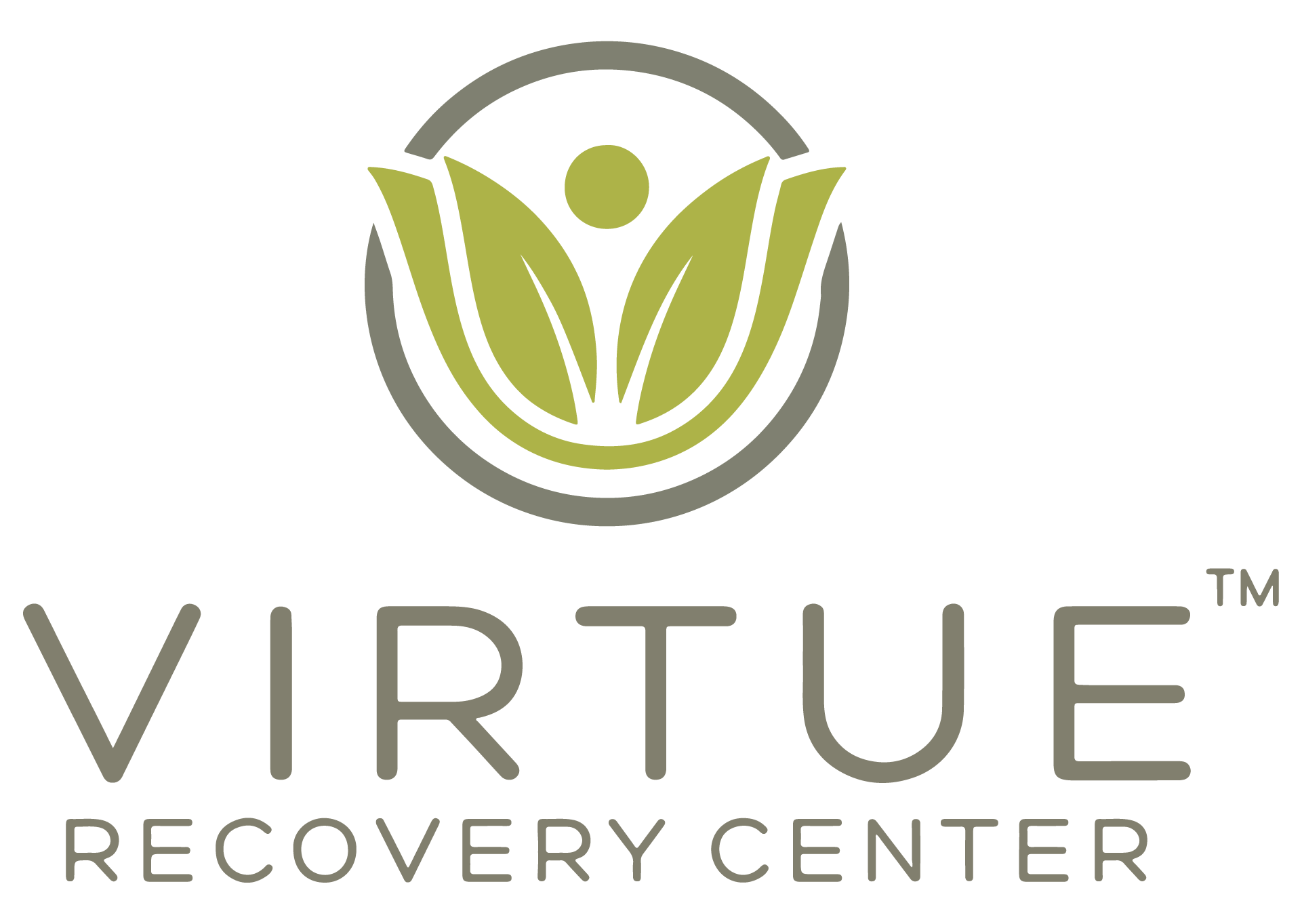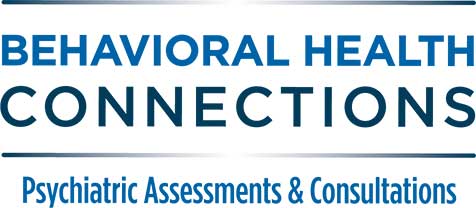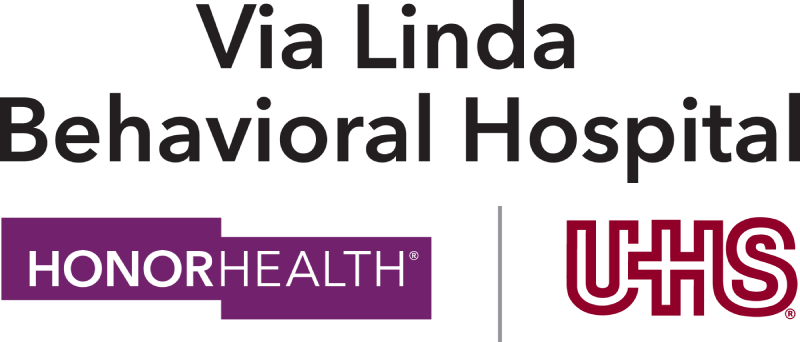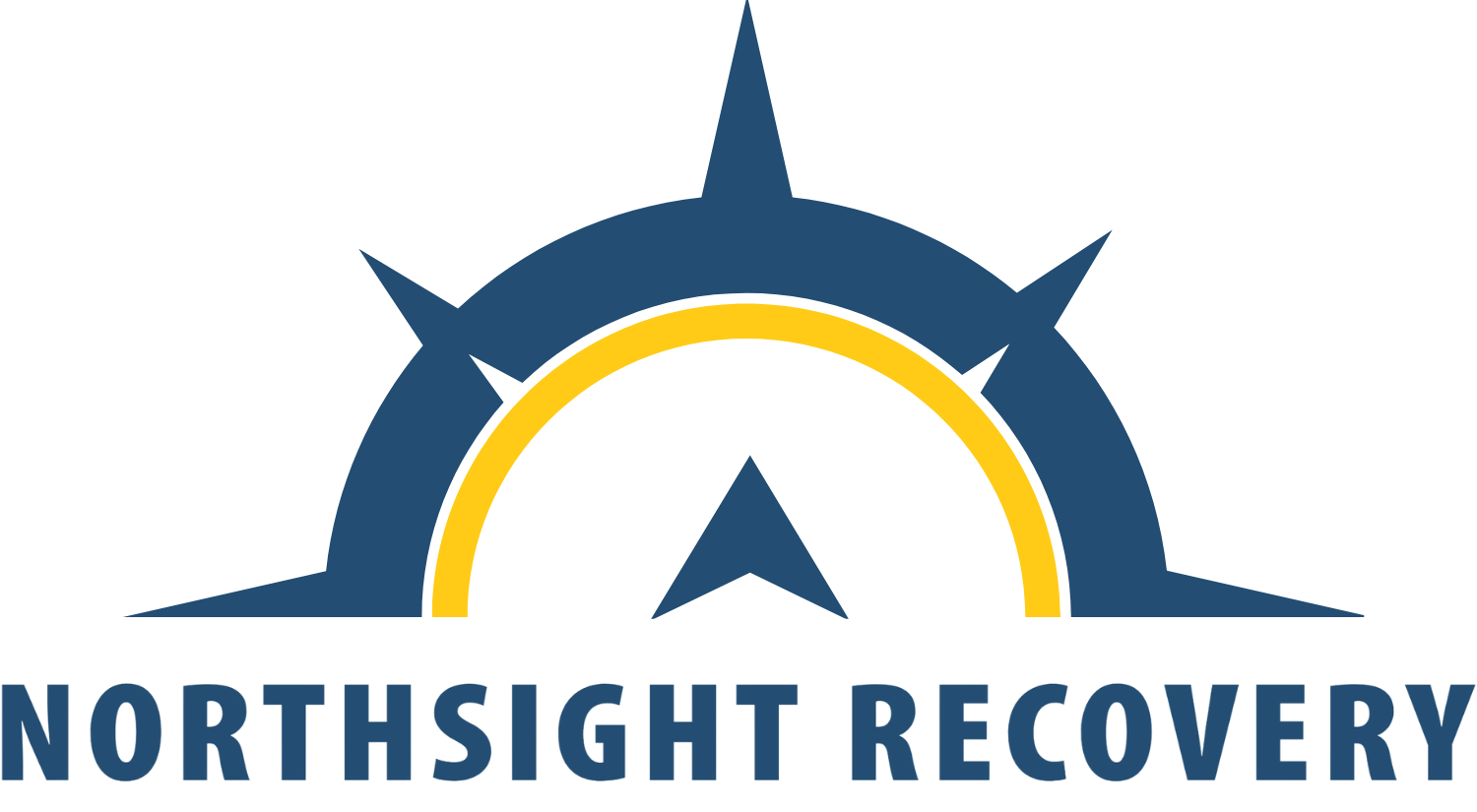Is Neurofeedback the “Wave” of the Future?
By Kimberly Miller, LCSW, LISAC and George Miller, BCN
An ADHD Client’s Story
Our client had a great job, but he struggled with ADHD his whole life. He came in to see us because he was getting terrible employee reviews, was depressed, and he felt picked on and judged (common for persons with ADHD). He was taking medications for ADHD which had undesired side-effects, and had tried talk therapy which mostly helped with the low self-esteem surrounding the problem. True ADHD can’t be cured by talking it through. He became interested in neurofeedback, a form of brain training he heard about from a friend who was into cutting edge approaches. The results were dramatic. After a few sessions, he began to see remarkable changes in his focus, and other improvements in mood and energy levels. He also did a brain map and was able to see the real time events happening in his brain that accounted for the symptoms he was experiencing. His job performance significantly improved and his life was back on track. His story has taught me a lot.
Why Try Neurofeedback ?
We live in an exciting time where neuroscience is progressing us in leaps and bounds. It is running circles around our knowledge and “proving” or “disproving” ideas that were only ghosts in an armchair.
Brain mapping, neuroscience research, as well as other forms of “brain imaging” were showing us more about this organ we work with every day but can’t actually see — the brain. After the 1990’s was declared the “decade of the brain”, many of us expected neuroscience was going to yield great advances and revolutionize mental health, but it seems like as a field we are still only scratching the surface.
How We Came to Find This Approach
Our venture into neuroscience, brain mapping and brain training (neurofeedback) came about in 2014 in search of “something else” that could complement therapy. Having broken free from the “this is the best thing for all people” approach, it became clear to us that there was still so much missing.
What happens in the brain when we are depressed? Are there happy and moody parts of the brain? What exactly are some of the mechanisms of ADHD, and why can’t anyone focus anymore? These were always reasons people sought help, but there was little we could say about any individual’s symptoms specifically. That’s how we really came to meet neuroscience. A certain amount of “treatment resistant” disorders hung around and couldn’t be explained. We wanted to look deeper at the causes of these disorders, so we learned about brain training.
How Does it Work?
To break it down, the brain produces brain waves, electrical currents that represent activity. These waves can be seen— delta, theta, alpha, beta, and gamma, and like a car shifting gears, these waves indicate different levels of activity. Brain waves can be detected, and fed back in the form of visual and auditory feedback so individuals can learn to break unhealthy patterns of activity and, learn new ones.
We can record activity for clients, study it, and map it to identify markers for symptoms. Brains are remarkably efficient. Whatever they do, they just get better at doing it. This is good news if you are healthy, but bad news if you are experiencing symptoms like depression, anxiety, attention deficit, or other concerns because the brain will continue to perform just like it did yesterday. Studies show that 80-90% of the thoughts you have today will be the thoughts you experience tomorrow. It seems people are hungry for something new.
Who Could It Help?
Clients continued to ask us for an option instead of, or to supplement their regular therapy or medications; and this is how brain training became so vital to our work. We saw a slew of children with Autism and ADHD and they reported improvements. Trauma, memory disorders, OCD, sleep disorders, followed by anxiety, stress, depression, reactive attachment disorders followed. Understanding these issues from a brain health perspective allows us to train people to function more efficiently. Brains are constantly learning, anticipating future events so you can respond effectively. We harness this power to teach the brain healthier patterns of activity.

“Combining brain training and talk therapy has been a game changer for many of our clients, and we find it indispensable.”
Our First Client Stories
As an example, I would like to share the story of our first client who had autism. He would bite his schoolmates every day. After trying all the other measures, we trained with him for several months, and he enjoyed not having to talk. He continued at school and was encouraged to keep up his other therapies. By the end of the month, he had not one behavioral complaint and the teachers were asking questions about us. That’s when we knew something was there. His family was so grateful. We continue to see how autism is a problem with how brain areas communicate and training helps resolve this.
Another client who came to us during the pandemic had trauma from childhood and anxious behavior. She was encouraged to come see us and we consulted with her team. She had drastic improvements leading her to feel calm as she measured by her ability to drive successfully. Her brain had an overactive pattern of trauma, and it was able to be trained to relax. She felt more relieved at work and her family noticed the improvements. Results seemed to stick and few side effects were reported.
Frankenstein and Crystals
Early on when I heard of such approaches, I admit I was skeptical. I thought of Frankenstein or people with crystals in a hippie commune — little did I know the world’s experts were advocates and lending their support and knowledge. The vision of wires coming off your head like a lab experiment or electrical impulses shocking you with electricity (no charge gets sent into the brain, it is a passive process for our system) were simply not the case. Missing this third option — besides medications and talk therapy would have been a real mistake. The combination of brain training and talk therapy has been a game changer for many of our clients, and now we find it indispensable.
Could there be a “new” wave of services that do not need to replace therapy but enhance it by incorporating this technology? Could clients who are looking for a new approach and use of growing technologies and emerging brain science be our ticket? Is there room for an integrative experience and not a “this or that” approach? There has been strong scientific support for using neurofeedback for ADD, but more uses are arising. Recently the FDA approved protocols for use with PTSD, finding it highly effective in reducing symptoms.
Will it Change Me?
The most perfect promise is that it doesn’t change your personality, any more than meditation or affirmations could change your brain. Instead, you are more balanced. Biofeedback from the brain is given to the user on a screen and they train their own brain waves with software that show how to increase or decrease their own waves. This is self-regulation — the user is learning how to change their own brain.
For a field that has perhaps less measures and baseline tests than any other; brain mapping and brain training could be pointing us toward the future. Most things are experimental until they are not. Perhaps there is room for talk therapy, medications, AND neuroscience and we are welcoming a new approach.
If you are interested in learning more about the services we provide contact us with any questions, we are here to help. Visit kimmillercounseling.com/
About the Authors:
 Kim Miller, LCSW, SEP, IFS, EMDR, Brainspotting. Kim is LCSW/LISAC with 27 years experience licensed in AZ, CA, and MO and board certified in neurofeedback, EMDR, Somatic Experiencing, Brainspotting, and Internal Family Systems.
Kim Miller, LCSW, SEP, IFS, EMDR, Brainspotting. Kim is LCSW/LISAC with 27 years experience licensed in AZ, CA, and MO and board certified in neurofeedback, EMDR, Somatic Experiencing, Brainspotting, and Internal Family Systems.
 George Miller has been an addiction counselor for 25 years and is board certified in neurofeedback. He has been providing neurofeedback for 4 years and has worked in the behavioral health field for over 20 years.
George Miller has been an addiction counselor for 25 years and is board certified in neurofeedback. He has been providing neurofeedback for 4 years and has worked in the behavioral health field for over 20 years.
Email: millercounseling@live.com 480-390-2610

